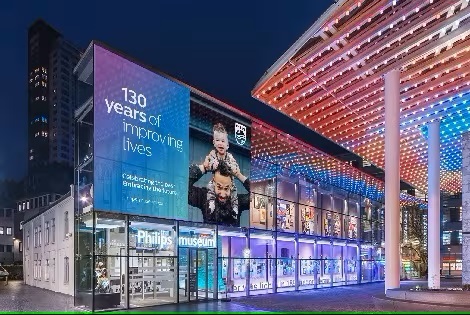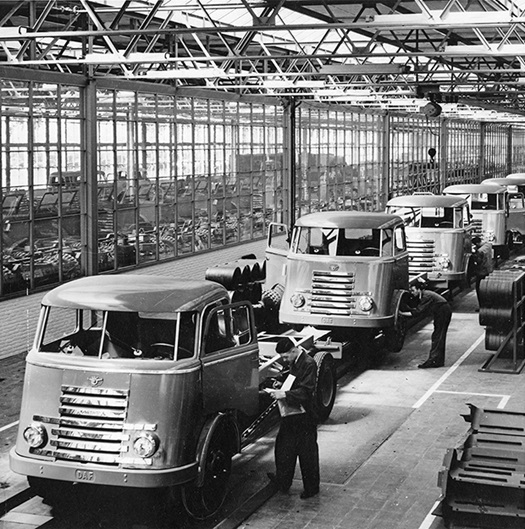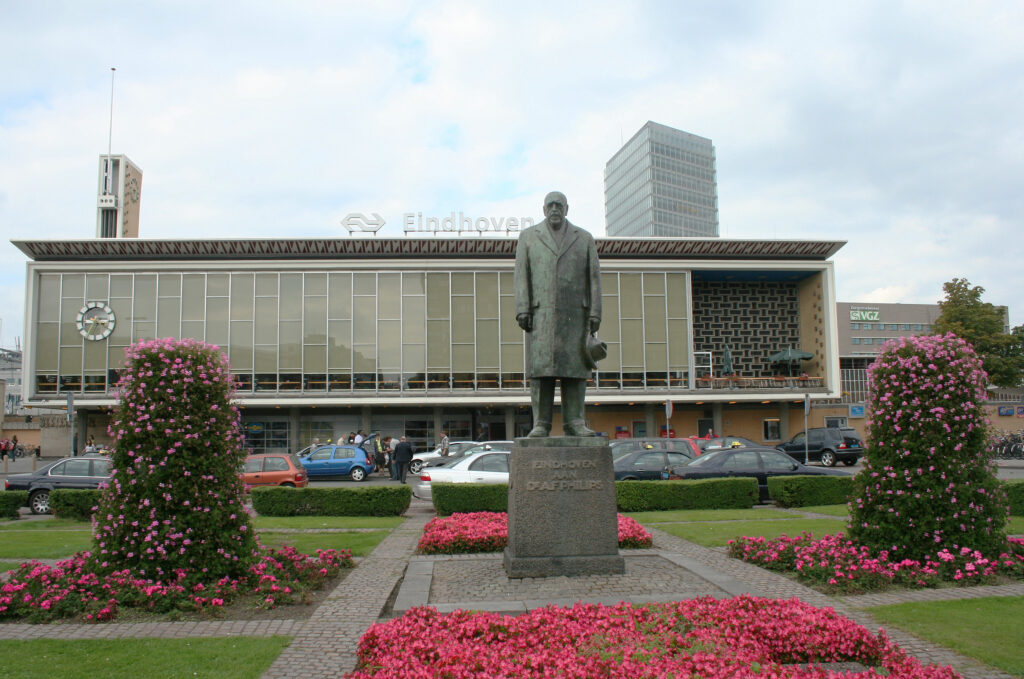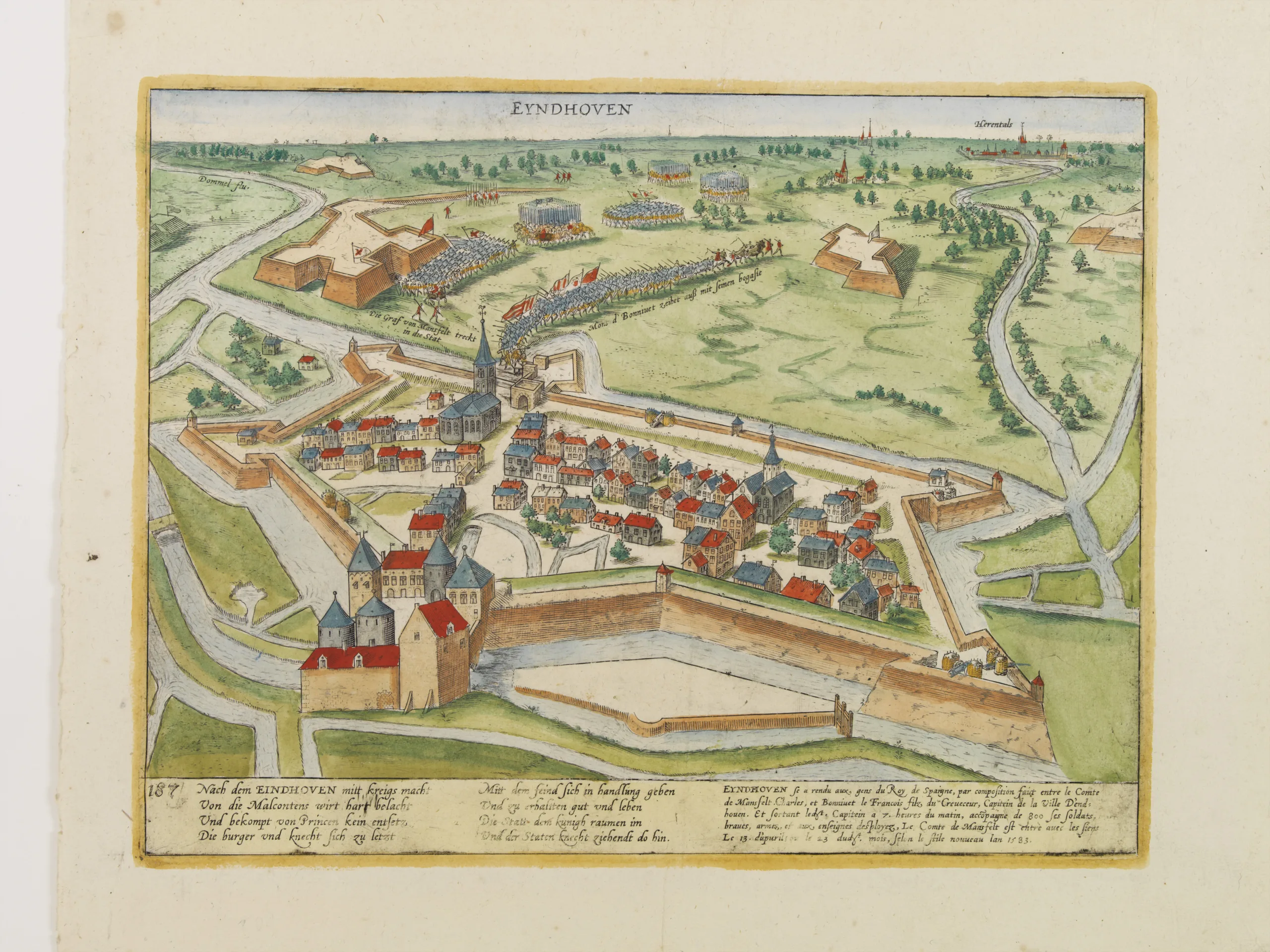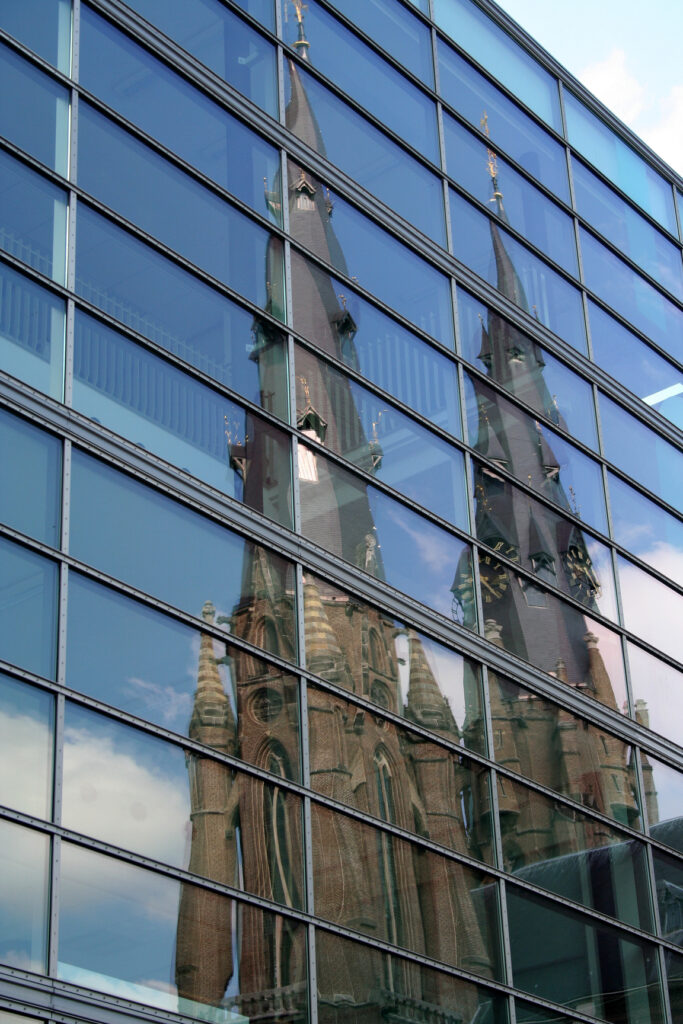eindhoven
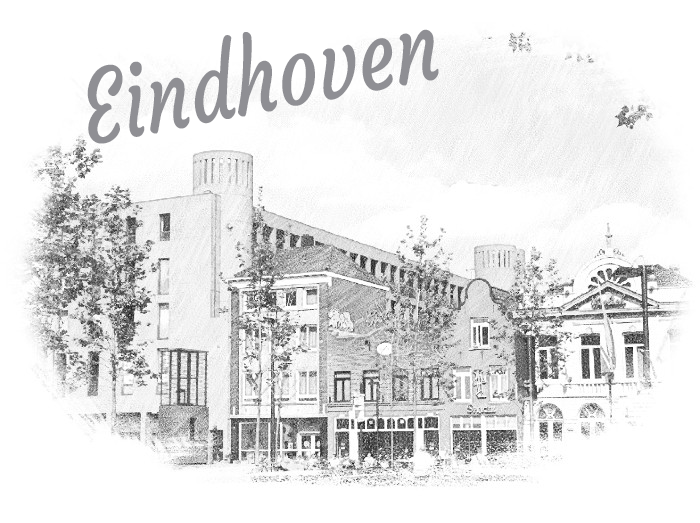
history, modernity, and technology
Eindhoven captivates visitors with its unique blend of innovation, culture, and rich history. Renowned as a hub of technological advancement, Eindhoven boasts a modern skyline adorned with striking architectural marvels and state-of-the-art design. However, beneath its contemporary facade lies a city steeped in centuries-old heritage and tradition.
The city’s historical landmarks, such as the majestic St. Catherine’s Church and the Van Abbemuseum, a world-class contemporary art gallery, attract tourists and art enthusiasts alike. Eindhoven’s captivating fusion of the old and the new creates an enchanting atmosphere that leaves visitors awe-inspired.
Beyond its cultural allure, Eindhoven also delights in its welcoming ambiance and active community life. Its dynamic nightlife and bustling market squares provide the perfect backdrop for socializing and experiencing Dutch hospitality at its finest.
For tech enthusiasts, the High Tech Campus Eindhoven and the Dutch Design Week offer unparalleled glimpses into cutting-edge innovations and imaginative creations. This city’s commitment to progress and creativity is exemplified by its annual light festival, “GLOW,” where art and technology converge, illuminating the city in a spectacular display of colors.
As the birthplace of renowned global brands like Philips, Eindhoven’s entrepreneurial spirit thrives. This energy extends to its world-class educational institutions, further fueling a culture of innovation and research.
In conclusion, Eindhoven stands as a testament to the Netherlands’ remarkable ability to seamlessly blend history, modernity, and technology. The city’s allure lies not only in its captivating attractions but also in its vibrant spirit and friendly locals. Whether one seeks artistic inspiration, technological marvels, or simply the charm of Dutch hospitality, Eindhoven promises an unforgettable experience for every traveler.

VAN ABBENMUSEUM
PHILIPS MUSEUM
daF MUSEUM
Dr A.F.Philips
Dr A.F.Philips was a pioneering economist who made significant contributions to the field of monetary economics. He is best known for his theory of the Phillips Curve, which showed the relationship between inflation and unemployment. This theory proposed that as the unemployment rate went down, wages would increase, leading to an increase in the price level of goods and services. This concept has had a profound impact on economic policy, particularly in the areas of monetary and fiscal policy.
Dr Philips’ work was instrumental in helping to shape economic policy during the post-war period, and his legacy continues to be felt to this day. His insights into the dynamics of inflation and unemployment remain relevant, and his work continues to be widely studied and cited by economists around the world. While he passed away in 1975, the impact of his contributions will be felt for many years to come.

Eindhoven is a city in the province of North Brabant in the south Netherlands. Known as a technology and design hub, it’s the birthplace of Philips electronics, which built the Philips Stadium, home to the PSV soccer team. The Philips Museum traces the company’s design history. Nearby, the Van Abbemuseum focuses on art and design. Northwest, the former industrial complex Strijp-S houses design shops and restaurants.
nightlife
Eindhoven has a lively nightlife with countless options for young and old.
The nightlife is mainly concentrated around Stratumseind, the longest bar street in the Netherlands. Here you will find more than 50 different bars, cafes, and clubs that stay open late into the night. The music styles vary from pop and rock to dance and techno. In addition to Stratumseind, there are also other areas for going out, such as Wilhelminaplein and Stationsplein. Concert halls like Effenaar and Muziekgebouw also offer regular live music performances and events. There are also various festivals and parties that take place throughout the year, including the popular carnival and Glow festival. In short, there is always something to experience in the nightlife of Eindhoven.
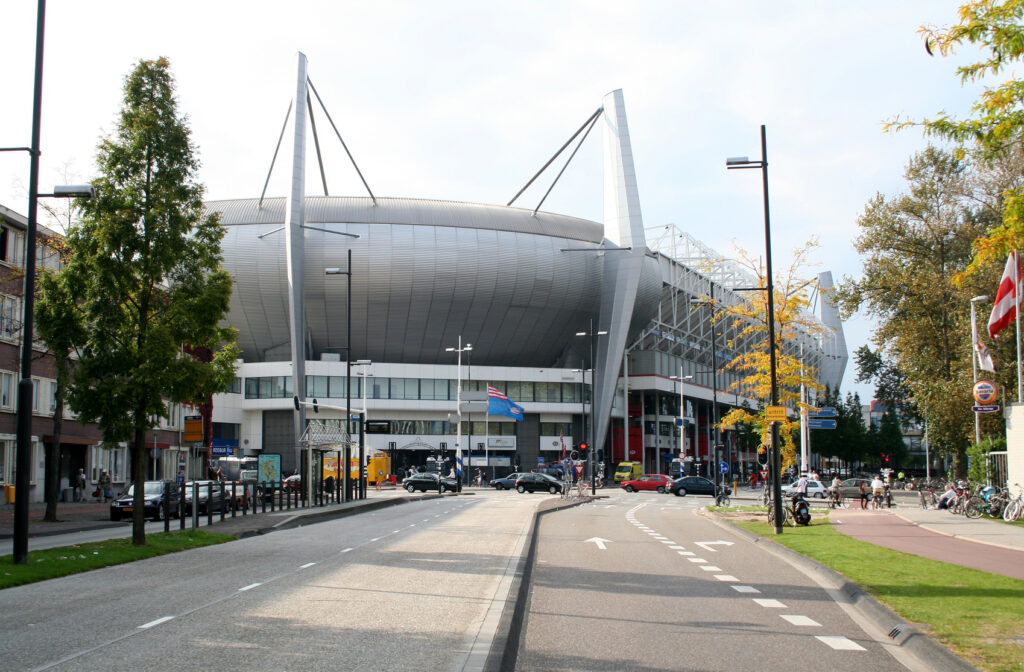
The Philips Stadion, also known as the PSV Stadium, is a football stadium in Eindhoven, the Netherlands.
It is the home stadium of PSV Eindhoven, one of the most successful football clubs in the Netherlands. The stadium was built in 1910 and has undergone several renovations over the years, increasing its capacity to over 35,000 spectators.
The stadium is known for its unique design, with three levels of seating and a brightly lit facade that illuminates at night. It also features state-of-the-art facilities, including a high-tech pitch that can withstand extreme weather conditions. The stadium has hosted various football events, including the 2006 UEFA Cup Final and the 2017 Women’s EURO Final.
In addition to football, the stadium has also been used for other events such as concerts and conferences. Overall, the PSV Stadium is a landmark of Eindhoven and an important part of Dutch football history.
The day after the liberation from the German occupation in Eindhoven, which took place on September 18, 1944, Luftwaffe aircraft made preparations for the intended air raid by dropping flares, which was mistaken by some people for party fireworks.
Soon after, some 85 German aircraft, namely JU-88 bombers and Stuka dive bombers, unleashed their burden on the liberated city. There was no effective resistance from the Allied forces in Eindhoven; Allied anti-aircraft defenses had not yet been installed.
Among other things, a large part of the center, the surroundings of the railway station, the Geldropseweg and Stratum were affected. In that district, an air raid shelter on the Biesterweg received a direct hit, resulting in 41 deaths. A total of 227 people lost their lives in this act of war.
word war ii
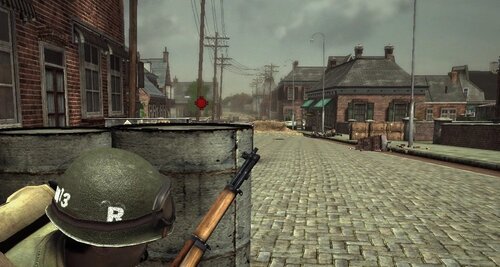
During World War 2, Eindhoven played a strategic role as it was one of the main centers of industry in the Netherlands.
The Germans invaded the Netherlands in May 1940, and Eindhoven was occupied by them. The city was heavily bombed by the Allies as they tried to destroy the German supply lines. On September 18, 1944, a massive airborne operation known as Operation Market Garden was launched, in which British and American troops attempted to capture key bridges in the Netherlands to open a quick route into Germany. Eindhoven was one of the objectives of this operation, and after heavy fighting, the city was finally liberated on September 19, 1944. The liberation of Eindhoven was a significant moment in the history of World War 2, as it paved the way for the eventual Allied victory over Germany.

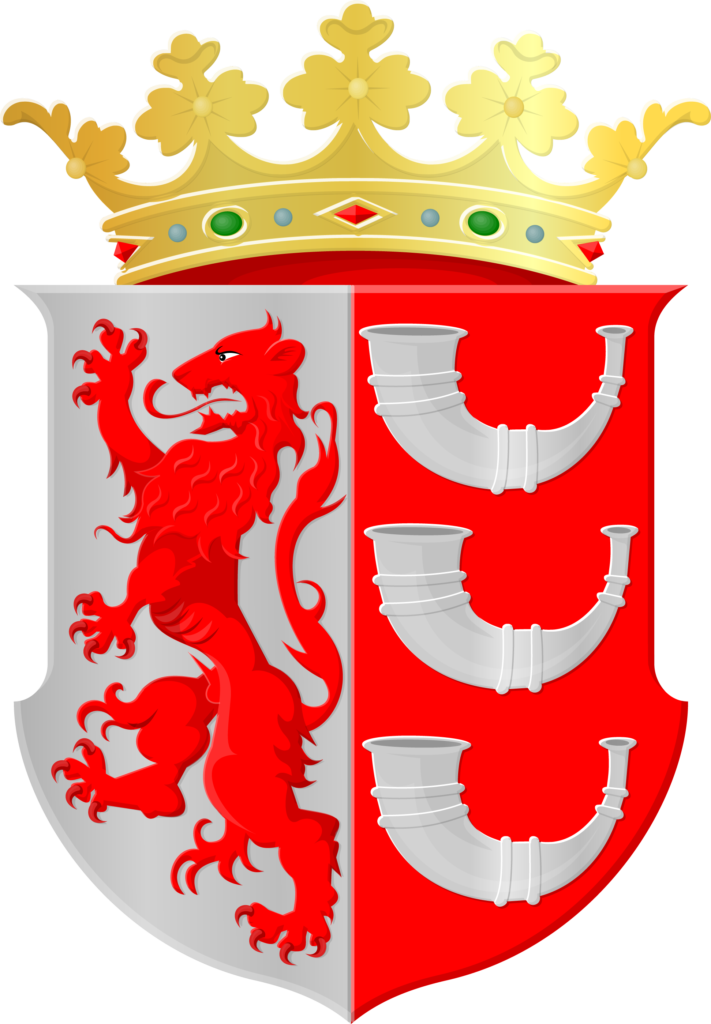
The horns come from the coat of arms of the Van Horne family. A branch Cranendonck of this noble family received the lordship of Eindhoven (territory and feudal rights) in the 13th century. The lion comes from the coat of arms of the Duke of Brabant. The lion symbolizes his power.
The crown on the coat of arms is a tomb crown, not a king’s crown. This was added to the coat of arms of Eindhoven in the 17th century.

The Siege of Eindhoven
The Siege of Eindhoven, a momentous chapter in the annals of the Eighty Years’ War, is a historical event that is still recalled and studied to this day.
This siege that lasted for a duration of almost three months, occurred in the year 1583, with the city of Eindhoven in the north of the Duchy of Brabant being the focal point of the conflict. The siege was notable for the intensity of the struggle as well as the duration. However, the denouement of the siege stands out as an honorable one, with the peaceful transfer of power to the Flemish army being a testament to the valor of both sides. The city of Eindhoven and the wider region of North Brabant were greatly impacted by this seminal event in their history, as well as the war’s impact on the region as a whole. The Siege of Eindhoven played a critical role in shaping the region’s future.
Saint Catherine's Church
The Sint Catharinakerk (Saint Catherine’s Church) is located in the heart of Eindhoven, Netherlands.
It is a stunning example of Gothic architecture and is one of the city’s most iconic landmarks. The church was built in the 13th century and underwent many renovations over time. It features a beautiful nave with intricate stained glass windows that date back to the 16th century, as well as an impressive tower that offers panoramic views of the city.
In addition to its religious significance, the Sint Catharinakerk also has a rich cultural history. It was the site of many important events, such as the wedding of Prince Willem-Alexander and Princess Máxima in 2002, and various concerts and exhibitions. Today, the Sint Catharinakerk remains a popular tourist destination and is open to visitors for guided tours and other events.








